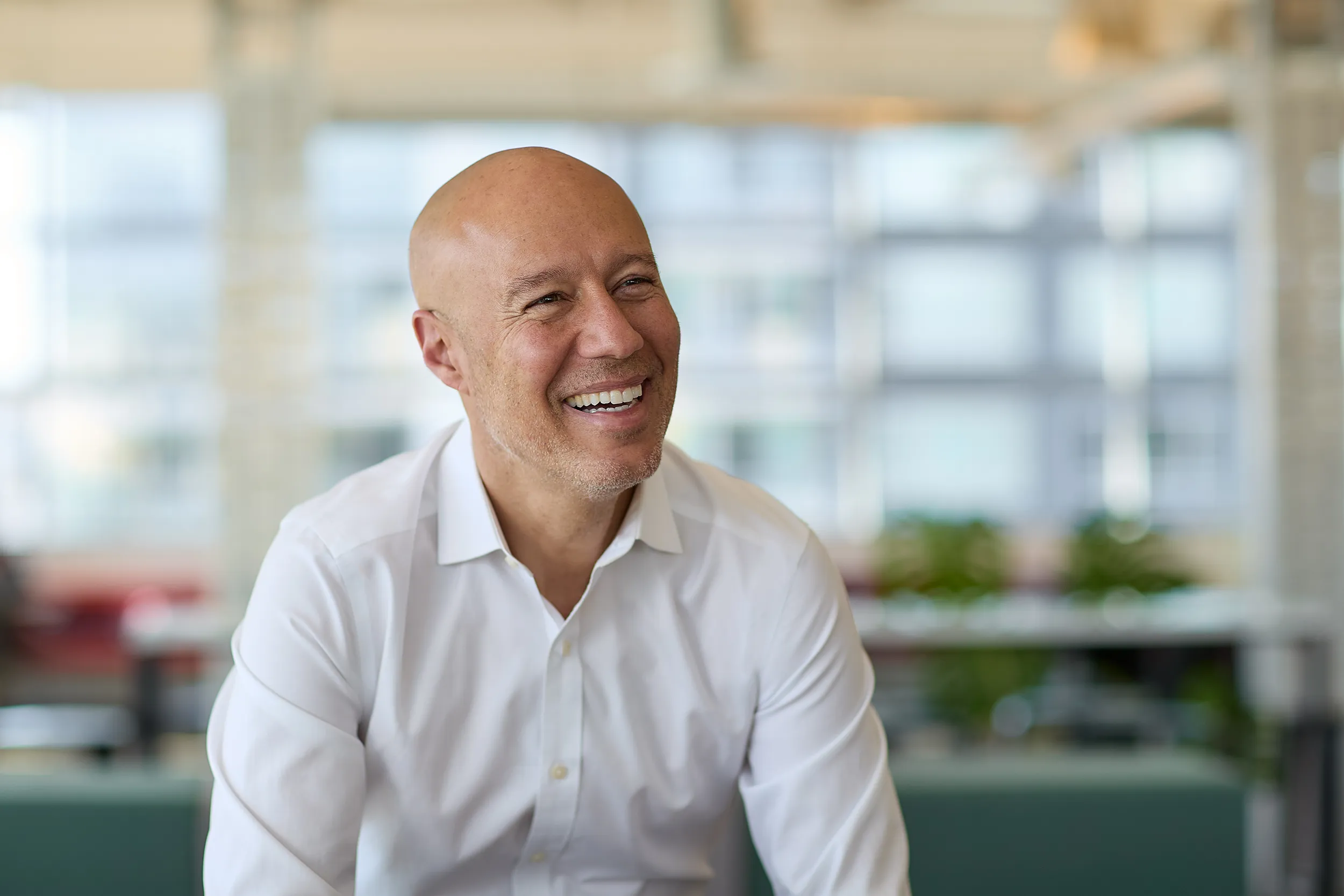Why Lyft CEO David Risher Thinks “Inertia, Not Uber” Is His Real Competition

David Risher, Lyft’s CEO, doesn’t wake up thinking about Uber.
He wakes up thinking about the 160 billion rides Americans take in their own cars each year. “That’s my biggest competition,” he told Prof G Markets. “Inertia. The couch. Your own car. That’s what we’re up against”.
It’s a bold mindset shift for a company long viewed as the “number two” in the rideshare wars. But under Risher’s leadership, Lyft is clawing back market share, rethinking its role in the mobility ecosystem, and betting big on one thing Uber can’t always match: service.
From Underdog to Gaining Ground
When Risher took over in 2023, Lyft held 26% of the U.S. rideshare market. Today, it’s at 30%, even touching 31%. While Uber remains a $200B behemoth (compared to Lyft’s $7B market cap), Risher’s view is long-term: grow the total market, not just win scraps from Uber.
And so far, it’s working. Lyft has posted consistent growth — 13%, 15%, up to 19% at one point — while improving profitability and trimming driver cancellation rates from 14% to 4.9%.
Why Lyft Bets on Human Drivers While Rivals Bet on Bots
As Uber doubles down on delivery and autonomous vehicles, Lyft is making a different bet: partner, don’t build.
Risher believes the future of transportation is hybrid — human + autonomous — and that Lyft’s edge lies in its operational infrastructure: demand management, fleet services, and rider trust. “Even the most aggressive AV estimates say 30,000 robotaxis by 2030,” he said. “We’ve got 1.5 million human drivers on the platform today”.
That’s why Lyft partners with Waymo and DoorDash rather than trying to outspend them. “We bring the customers, the demand engine, the real-time pricing, the garage-level fleet maintenance. We’re the operating system,” Risher explained.
Driver Experience as Brand Differentiator
For Risher, treating drivers well isn’t just the right thing — it’s a competitive edge. Internal surveys show a 29-point preference for Lyft among drivers versus Uber.
That advantage translates into better service: shorter wait times, higher ride frequency, and more loyal riders. Lyft now guarantees airport rides or pays up to $100 if it’s late.
To keep his finger on the pulse, Risher personally drives for Lyft every six weeks. That’s how features like “Price Lock” were born — a tool inspired by a rider who complained about daily price fluctuations between Sausalito and SF. “That was her pain point, so we solved it,” Risher said.
Why Lyft Isn’t Chasing Hype (Yet)
In an era when tech CEOs shout about moonshots and spin up AI dreams for Wall Street, Risher is reserved — maybe too reserved.
He’s not promising vertical takeoff drones or dominating international markets. Instead, his next big bet is… service. “Every ride should be consistent, clean, courteous,” he said. “And if it’s not, we make it right.”
Internally, Lyft is working on driver upskilling, recognition programs, and even AI-generated reference letters to help drivers land jobs outside the platform — one driver now works at IKEA thanks to his Lyft service record.
On Leadership, Integrity, and the Long Game
Risher’s career has seen stints at Microsoft and Amazon, followed by 12 years running the literacy nonprofit WorldReader. Now, he keeps a handwritten Saturday morning journal reflecting on four areas: work, family, friends, and health.
That mindset flows into how he leads. He doesn’t overpromise. He doesn’t sell hype. He plays the long game. “Under-promise, over-deliver” might sound quaint in the age of Musk, but Risher’s okay with that.
As he put it, “I want people off the couch and out in the world. That’s how we live our best lives.”





